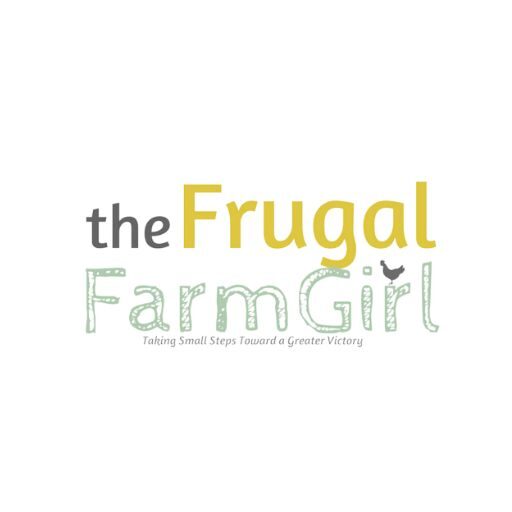I’m sure you’ve seen some of the cute outdoor container plants around your neighborhood. They’re so adorable!
But, before you start planting them all over your yard, it’s essential to know which spot will work best for each plant.
Read below to find out what kinds of plants are best suited for different areas in your garden or yard.
Container gardens are an excellent way to bring the beauty of nature indoors. Choosing the right location for your container garden can make or break its success, but with these helpful tips, you will be able to create a great outdoor space in no time!
Choosing where to place your containers is essential if you want them to thrive and not die from neglect because it means they won’t get enough sun exposure or water.
The type of soil also plays a role: clay soils need more watering than sandy ones do since sand holds on to moisture better due to having larger pores that allow airflow through quickly while clays hold onto their water like little sponges, so keep this in mind when choosing which potting mix might work best for what kind.

Sunlight
Container gardens are an excellent way to save space in your yard, but you will need a lot of sunlight for them. This means the location is just as important as choosing what plants to put there.
To give your garden the right amount and type of sun exposure, it’s best to plant part on one side or section and some more over here- this could even be different areas depending on how much light they get!
When deciding where to place a container garden, the most critical aspect is ensuring enough sunshine reaches each area. However, not all types require equal amounts – so don’t forget about proper placement during the planning phases!
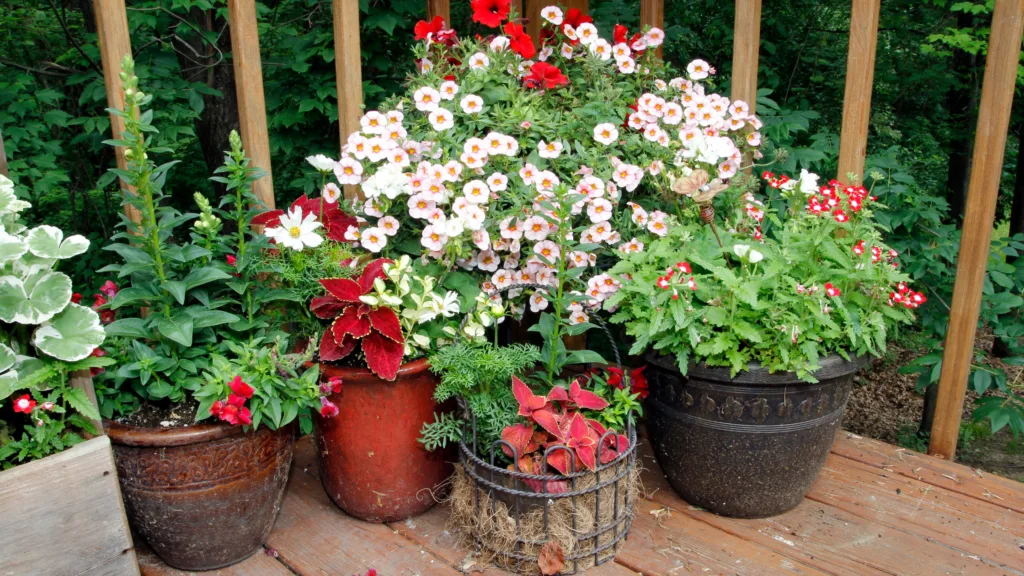
Shade
Container gardeners know how difficult it can be to find space and time outside their homes to grow food with limited access to sunlight.
Fortunately, though, there’s one solution: container gardens mean having complete control over what goes into them- from soil type, plant types down even right on up until watering schedules – you’ll never have any problems if you choose this option!
When you’re running out of room for your container plants and don’t have a covered porch to put them in on sunny days, ensure they get the right shade.
You can do this by strategically placing trees around containers or covering their pots so the sun doesn’t hit as much while still letting air flow through.
This could be mesh screens from an old window screen set onto concrete blocks with stakes holding them down, with holes drilled at different heights depending on what type of plant is being grown near which spot—or stringing a fishing line between two posts spaced apart enough to let light pass but not too far away.
Each correspondence will need something tied horizontally across it about 10-12 inches off ground level where both ends meet.
Streets
Next, keep your plants away from the street if possible. Pollution may cause damage by vehicles that travel on roads like this one in a hurry without stopping too often for those nearby trying their best to maintain home and garden.
With pollution comes airborne dust particles which might settle into potting soil or even directly onto leaves of vulnerable houseplants out there, waiting eagerly among new colors every season, only so much as just before winter kicks off its coat again at last!
If we’re not careful with public spaces such as these, it’s easy enough for natural flora around us here today gone tomorrow unless some action is taken soon.
Check out my favorite outside planters I use here.
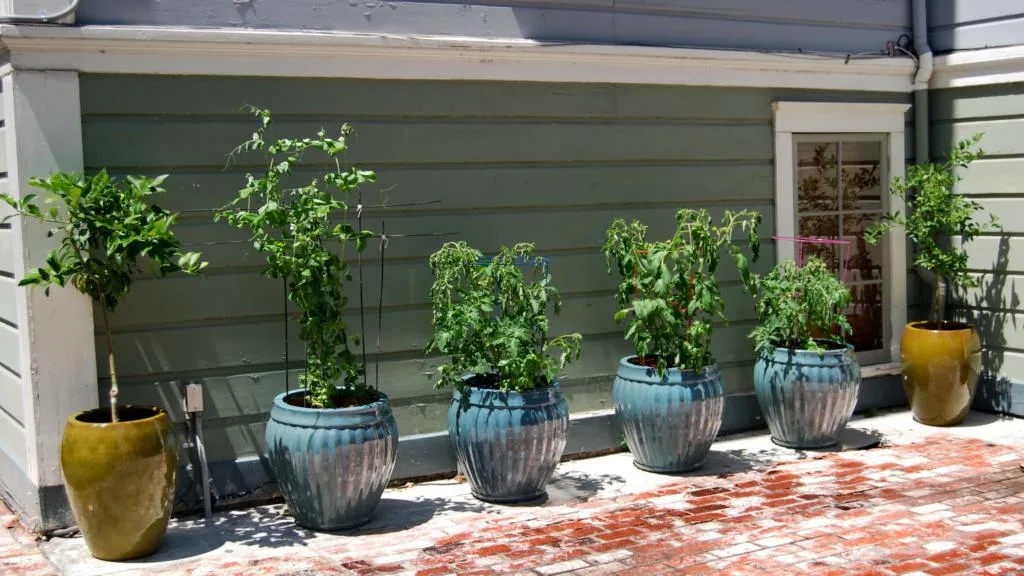
Close to House
You should keep your container garden close to the house for several reasons. One of them is that you never know when a storm will come and damage your plants, so it’s an easy fix if they’re nearby!
Another reason may be that pests are more likely to bother whatever is closer than what’s further away from their nest or home; this way, no bugs can sneak up on you while tending to all those beautiful flowers in pots near the front door.
There are many benefits of keeping a container garden as close as possible next time around: there could always be some weather-related incident coming down at any moment, whether rain, hail, or thunderstorms, which would severely harm your hard work.
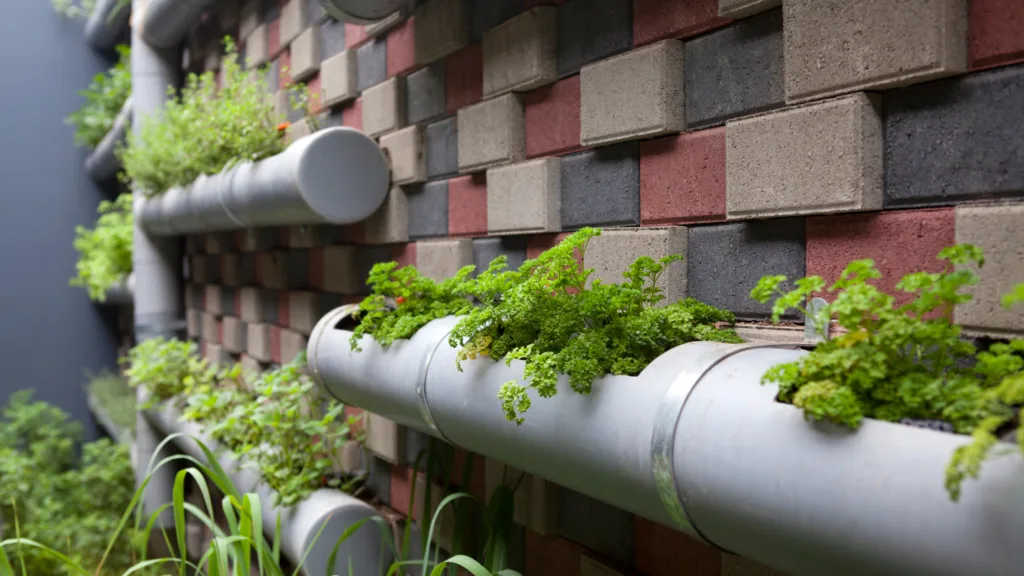
You know the saying out of sight, out of mind? If your container plants are too far out of reach, they may not get the water or attention they need.
As a gardener, you want to be close to your garden without being too close. But, unfortunately, some critters like rabbits don’t even come near human scent when it’s intense!
One of the easiest ways to protect your garden is by making it inaccessible to pests. If you want a natural solution, make sure that they can’t get close to them with plants like garlic or onion!
You might be surprised to know that animals are not as dumb or stupid as humans often think. Instead, animals can see, smell and hear things we cannot because of the frequency range in which their biological senses work compared with ours.
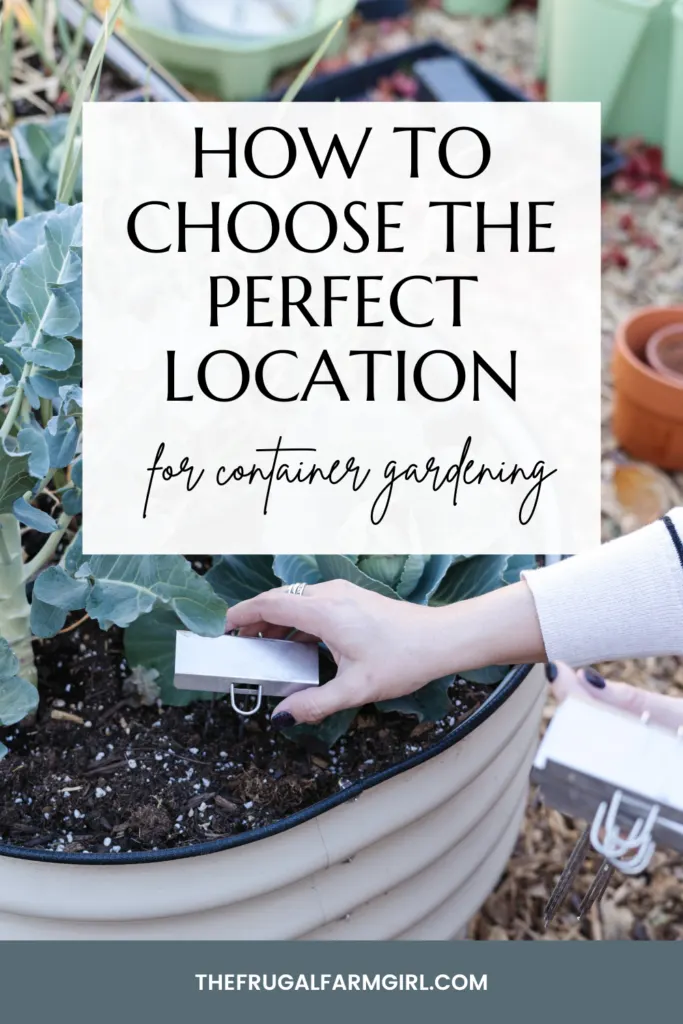
Keeping your garden closer to your home will make it harder for them to hunt down what’s inside because I’m sure there is nothing scarier than a human looking at all those veggies!
If you want fresh vegetables from time to time but don’t have enough space on the land around your house, consider planting something right by the back patio door so any animal passing through won’t get too near without being detected first!
Another excellent reason for locating your garden near your home is in case you need to move your plants indoors.
When you garden, it’s crucial to have a plan for when the unexpected strikes. For example, sometimes bad weather or other problems will happen, and suddenly your plants won’t be able to stay out in the open anymore – at that point, you’ll want them close by so they’re easy enough to bring indoors!
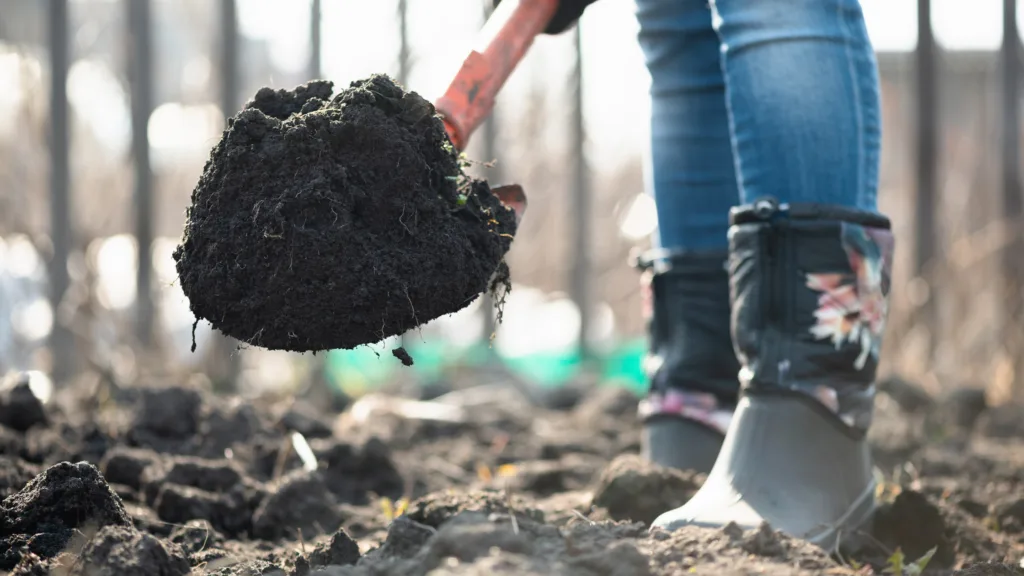
Soil
In the world of container gardening, there are two types of soil: potting mix and compost. Compost is made from organic materials like leaves, grass clippings, newspaper, and kitchen scraps that have been left to decompose.
Potting mix is a combination of wood chips or sawdust mixed with peat moss or coconut coir fibers.
When deciding which type of soil to use in your containers, it’s essential to consider how often you’ll be watering your plants.
If you’re looking for a more natural alternative, then compost would be better suited for you because it will retain moisture longer than potting mix will, but if you want something that drains well and can dry out quickly. Then, potting compounds may be suitable for you!
When determining the best soil for your outdoor container plants, you want to consider three factors: drainage, durability, and fertility.
You can achieve these by using a mixture of 3 parts loam (or garden topsoil), two parts coarse sand, or perlite with 1-2% organic matter such as compost.
Keep in mind that if it often rains where you live, chances are there are enough nutrients available naturally.
Hence, one needs to maintain moisture levels regularly rather than adding fertilizer each time water goes into the potting mix, which will leach out when watering next time anyway!
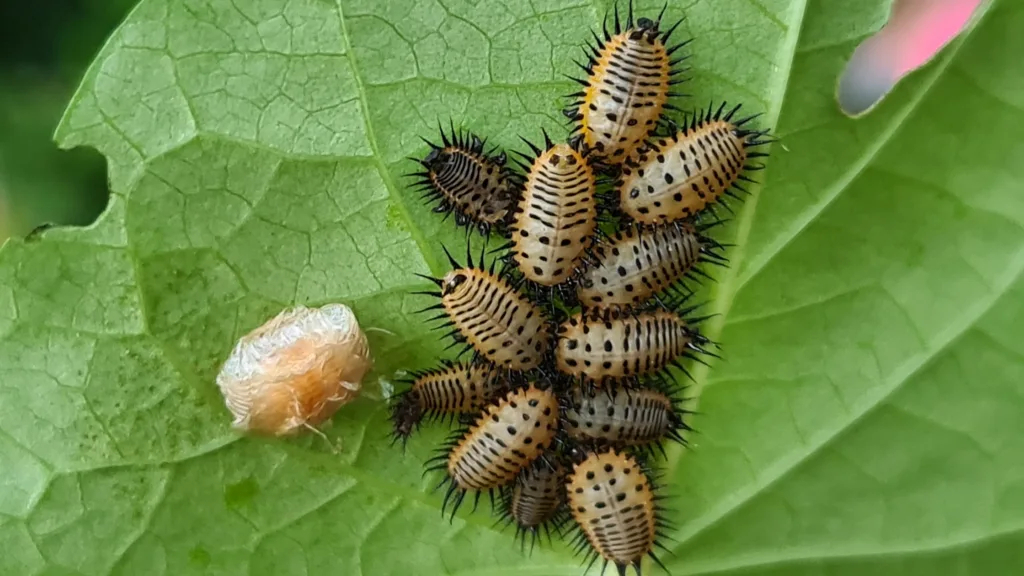
Insects
Maybe you’ve had this problem too. If your yard has been infested with insects in the past few years, it might be worth considering a different spot for next year’s garden to avoid future problems.
To avoid pests that come back every year, try planting your garden at a new location.
For example, if you notice cabbage moths attacking the same plants in your vegetable patch each summer and it’s been more than one season of this behavior, then consider relocating them somewhere else before they return next year!
Growing large plants like corn can be complex, so choosing the correct location from the start for optimal growth and safety is essential. For example, if a plant is too heavy or awkward to move, you’ll need an area to accommodate them safely without risking damage while they grow larger.
When you have the chance to find your perfect garden location, it can be hard to decide where. But careful planning is vital so that you don’t end up with any disasters!
Careful consideration of various factors will help ensure no surprises when picking out an ideal spot for planting flowers or vegetables, and everything goes smoothly from start to finish.
If there is no sun nearby or it’s too hot outside for long periods, try filling up ice cubes with tepid water and putting them around the pots every day to cool down the surrounding air temperature so they can get some much-needed relief from excessive heat.
You’ll also want to make sure all overgrown weeds are removed from any area where you will place these potted plants–weeds take away valuable nutrients from plant roots and provide shelter for pests such as slugs that enjoy snacking on the tender.
So, where is the best place for your outdoor container garden? Anywhere you want! The location of your garden will depend on your personal preferences and what plants you choose to grow.
Just make sure to consider the amount of sunlight, shade, and water the spot receives so that you can create a flourishing garden that will add beauty and life to your outdoor space.
More Gardening Tips:
